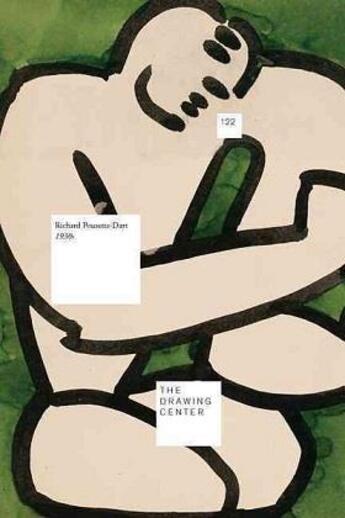Des idées de lecture pour ce début d'année !
Passionné(e) de lecture ? Inscrivez-vous
gratuitement ou connectez-vous pour rejoindre la
communauté et bénéficier de toutes les fonctionnalités du site !

Best known as a founding member of the New York School of painting, Richard Pousette-Dart (1916-1992) initially pursued a career as a sculptor. The son of Nathaniel Pousette, a painter, art director, educator and art writer, and Flora Louise Dart, a poet and musician, Pousette-Dart was raised in an environment surrounded by music, poetry and the visual arts, and began drawing and painting by the age of eight. Introduced to African, Oceanic and Native American art by his father, Pousette-Dart made frequent visits to the Museum of Natural History as a young man. In 1938, he forged a close friendship with John Graham, whose writings were closely aligned with his own interests in spiritual concerns and so-called primitive art. Throughout the 1930s, Pousette-Dart was most entranced by the work of Henri Gaudier-Brzeska, whose abstract sculptures, drawings and forms in brass greatly informed the orientation of the young American artist.
Published to accompany an exhibition at The Drawing Center, this volume is the first in-depth consideration of Richard Pousette-Dart's drawings from the 1930s, a period when the artist pursued directly-carved sculpture, yet also painted, experimented with photography and created numerous works on paper. These early drawings explore Pousette-Dart's concerns about sculpture and working three-dimensionally, and many reference the figure through full-frontal or profile views as they consider space, orientation and volume. Additionally, numerous studies allude to dance, animal forms, masks and heads, and many examples offer an accumulation of abstract and geometric forms, particularly for his brasses--small sculptures meant to be "held in the hand." The exhibition includes approximately 80 works from the 1930s including drawings, notebooks and brasses.
Il n'y a pas encore de discussion sur ce livre
Soyez le premier à en lancer une !

Des idées de lecture pour ce début d'année !

Si certaines sont impressionnantes et effrayantes, d'autres sont drôles et rassurantes !

A gagner : la BD jeunesse adaptée du classique de Mary Shelley !

Caraïbes, 1492. "Ce sont ceux qui ont posé le pied sur ces terres qui ont amené la barbarie, la torture, la cruauté, la destruction des lieux, la mort..."